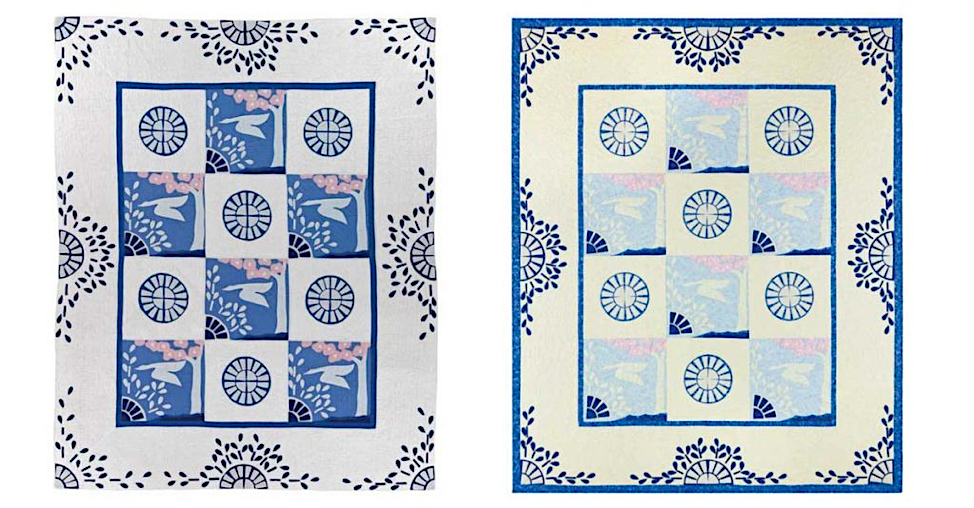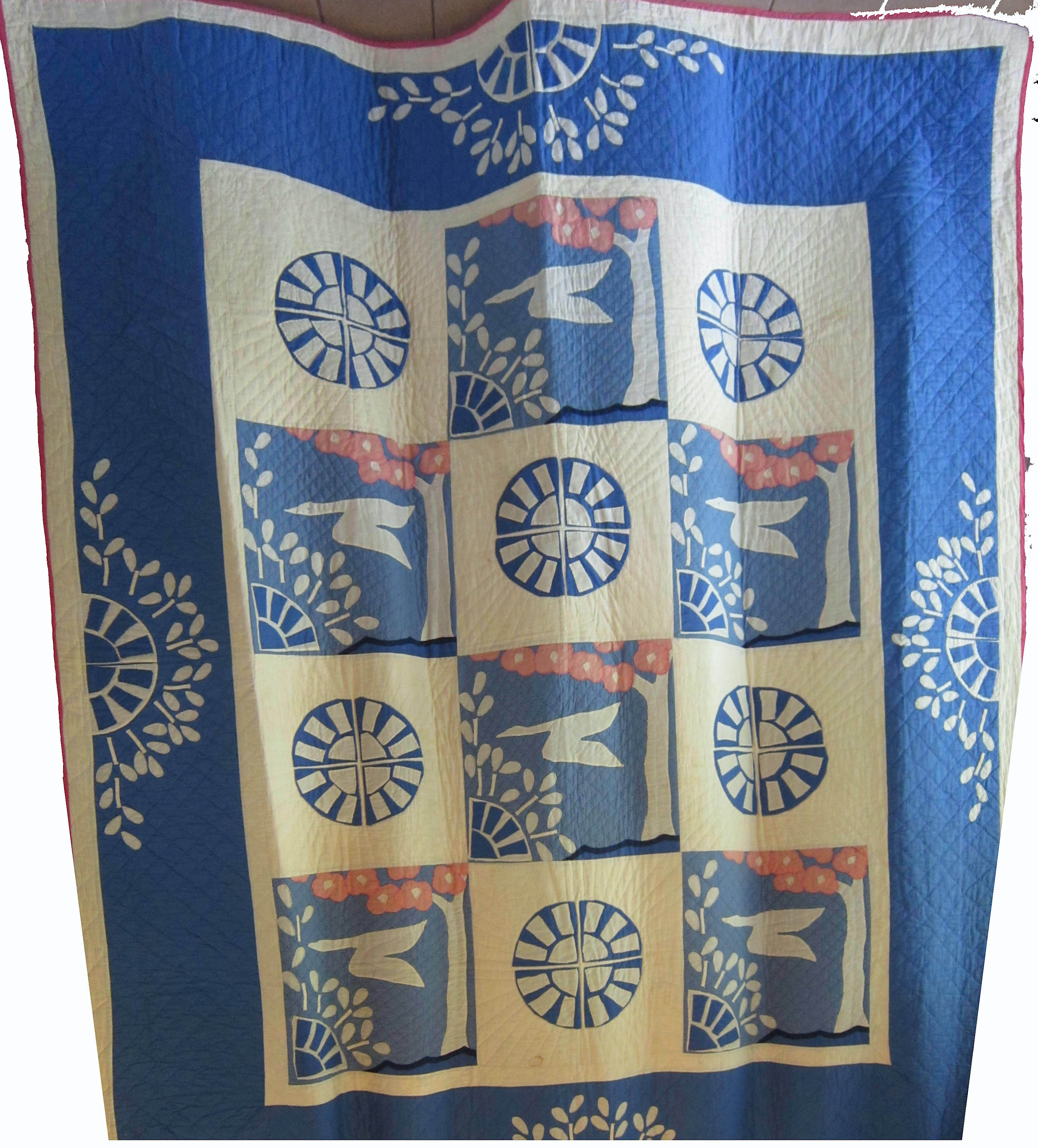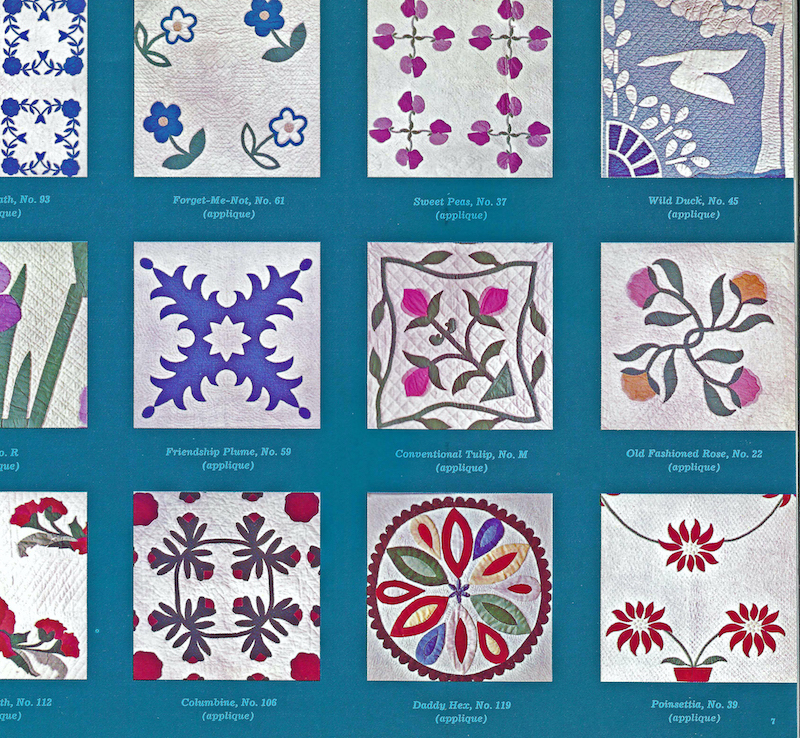In Preparation for Duck Hunting Season
By Marian Ann J. Montgomery, Ph.D.,
Curator of Clothing and Textiles, the Museum of Texas Tech University
While looking at the Wild Duck Quilt based on the Mountain Mist Pattern from one of their batting wrappers, it brought to mind that duck hunting season will soon be upon us in many areas of the country. It makes one wonder if this block was designed by someone who hunted, had hunter's in their family, or it was designed for bird lovers to proclaim their love of nature. Following are two images from the Internet of how the block was made by two different quilters. It is fun to see how different colors work in the same quilt pattern.

Two versions of the Wild Duck quilt pattern published by Mountain Mist.
Accessed from the Internet Oct. 7, 2020 from Quiltingdaily.com
Below is the version that has come into the collection of the Museum of Texas Tech University, which we are excited about but haven’t had the opportunity to professionally photograph yet. This quiltmaker appliquéd white motifs on a blue background but otherwise made the quilt with pink tree blossoms as in the examples above.

Wild Duck pattern Mountain Mist Quilt. Detail. Gift of Marcia R. Kaylakie, TTU-H2020-016-006.

Wild Duck pattern Mountain Mist Quilt. Detail. Gift of Marcia R. Kaylakie,
TTU-H2020-016-006.
The block (in the uppper right corner) as illustrated in the 1930s Mountain Mist Blue Book of Quilts was constructed a bit differently, as seen below. Wild Duck pattern number 45 shows the block made using two shades of blue and white. The blossoms on the tree in the book are white. As there are several examples of the quilt featuring pink tree blossoms it may be that the batting wrapper encouraged this change from the original picture. It is fun to see how quilt patterns morph. What a beautiful tribute to wild ducks.

Learn more about the Museum of Texas Tech University Textile Collections.
Click here for related articles from the Museum of Texas Tech University Textile Collections.




.jpg)



I’m not sure what to do with them as they are a part of quilting history. I wonder if the museum would be interested in having them?
Barbara
RSS feed for comments to this post